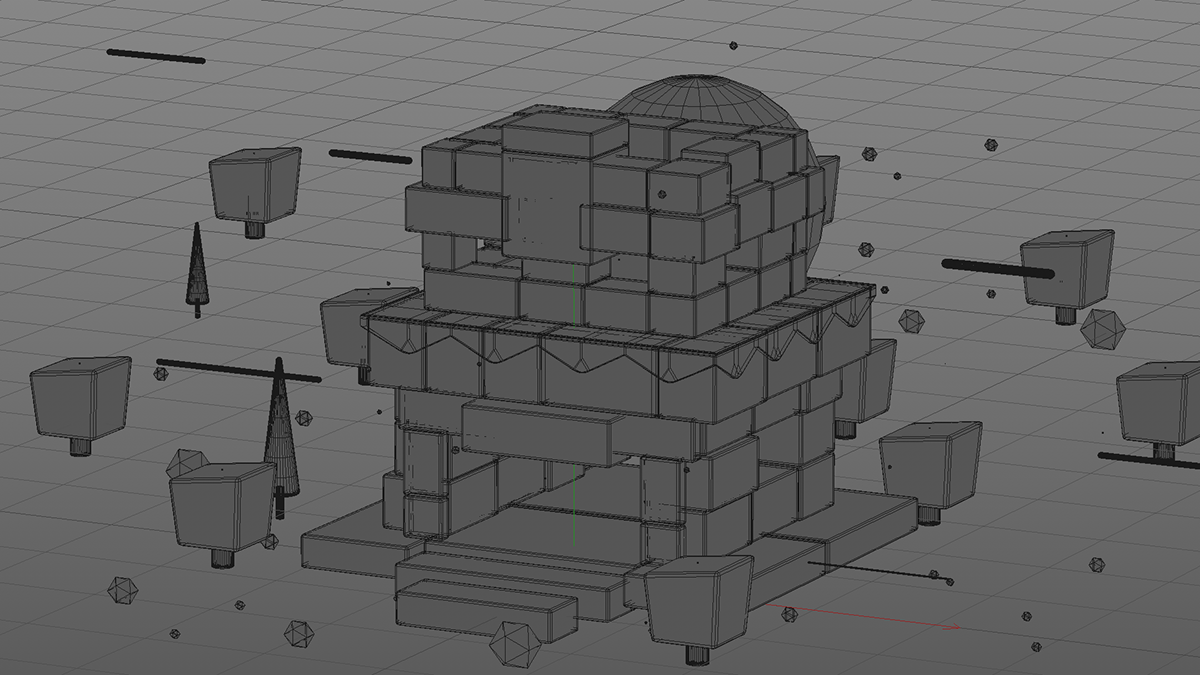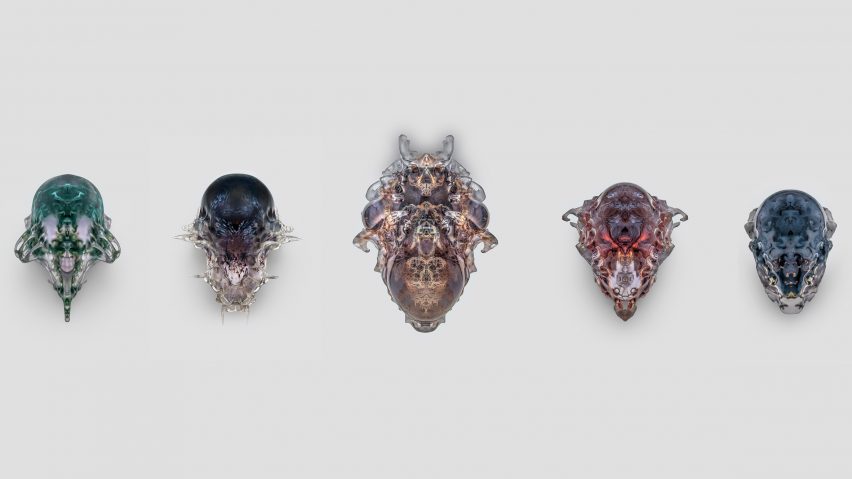jjpeng assignment 1
var verCenter = 300
function setup() {
createCanvas(500, 500);
}
function draw() {
// background
// bush
fill(86, 137, 124);
stroke(86, 137, 124);
ellipse(280, 390, 380, 250)
ellipse(80, 390, 200, 150)
ellipse(450, 400, 200, 200)
// ground
fill(73, 104, 96);
stroke(73, 104, 96);
rect(0, 400, 500, 100);
// hair (behind)
fill(51, 119, 135);
stroke(51, 119, 135);
ellipse(253, 230, 70, 90);
// legs
fill(51, 119, 135);
stroke(51, 119, 135);
quad(190, 340, 250, 340, 240, 430, 185, 430);
quad(245, 340, 310, 340, 315, 430, 260, 430);
// arms
push();
fill(174, 214, 175);
stroke(174, 214, 175);
translate(300, 290);
rotate(radians(-32));
ellipse(0, 0, 40, 90);
pop();
push();
fill(174, 214, 175);
stroke(174, 214, 175);
translate(200, 290);
rotate(radians(32));
ellipse(0, 0, 40, 90);
pop();
// body
fill(86, 178, 156);
stroke(86, 178, 156);
arc(250, 330, 120, 175, PI, 0);
push();
fill(86, 178, 156);
stroke(86, 178, 156);
translate(220, 330)
rotate(radians(20))
ellipse(0, 0, 60, 70);
pop();
push();
fill(86, 178, 156);
stroke(86, 178, 156);
translate(278, 330)
rotate(radians(-5))
ellipse(0, 0, 65, 75);
pop();
push();
fill(86, 178, 156);
stroke(86, 178, 156);
translate(250, 345)
rotate(radians(15))
ellipse(0, 0, 40, 20);
pop();
// head
fill(174, 214, 175);
stroke(174, 214, 175);
ellipse(250, 200, 80, 90);
ellipse(250, 240, 30, 30);
// hair (top)
push();
fill(51, 119, 135);
stroke(51, 119, 135);
translate(227, 170)
rotate(radians(-45))
ellipse(0, 0, 50, 25);
pop();
push();
fill(51, 119, 135);
stroke(51, 119, 135);
translate(268, 175)
rotate(radians(50))
ellipse(0, 0, 55, 35);
pop();
fill(51, 119, 135);
stroke(51, 119, 135);
ellipse(248, 158, 45, 20);
fill(51, 119, 135);
stroke(51, 119, 135);
ellipse(282, 198, 20, 45);
// glasses
fill(174, 214, 175);
stroke(65);
rect(212, 198, 20, 15);
rect(248, 198, 20, 15);
line(232, 203, 248, 203);
// eyes
fill(65);
stroke(65);
ellipse(218, 205, 5, 5);
ellipse(255, 205, 5, 5);
// eyebrows
fill(65);
stroke(65);
triangle(220, 200, 215, 201, 223, 201);
triangle(257, 200, 252, 201, 260, 201);
// mouth
fill(174, 214, 175);
stroke(65);
arc(240, 220, 10, 5, 0, 2, OPEN);
}



![[OLD FALL 2019] 15-104 • Introduction to Computing for Creative Practice](../../wp-content/uploads/2020/08/stop-banner.png)

